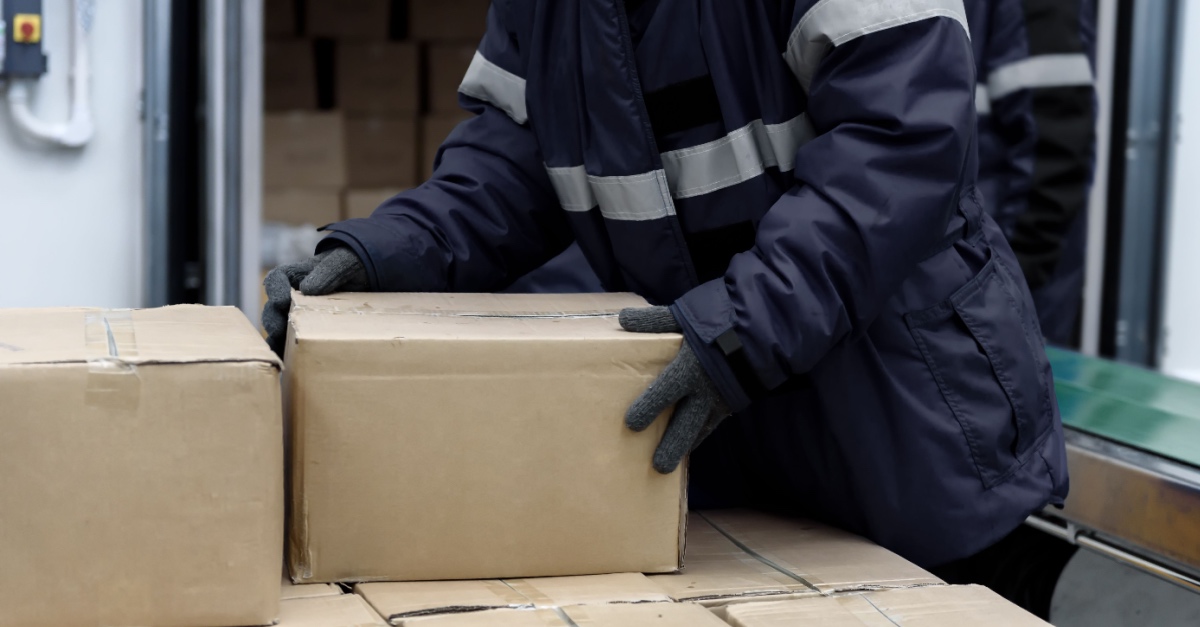Temperature-controlled logistics providers are a hot commodity. Shippers rely on logistics partners skilled in maintaining precise temperatures during transport to avoid costly product losses.
For critical temperature-sensitive cargo such as pharmaceuticals, any deviations can make the product ineffective or even hazardous. Fresh fruits and vegetables, frozen meats, and seafood all must be kept at precise temperatures to prevent spoilage or contamination.
In the food and beverage industry, logistics accounts for 7-10% of total product cost, according to DAT Freight & Analytics research. With so much at stake, those shippers need assurances their temperature-controlled products will arrive at their destination in pristine condition.
And logistics providers want that business. Servicing the cold chain reportedly generates more than $12 billion in revenue annually in the U.S. and Canadian refrigerated (reefer) trucking market. Globally, the cold chain logistics market is forecast to skyrocket from $293 billion in 2023 to $500 billion by 2030, driven by an increase in e-commerce, a growing demand for fresh food and awareness of food safety, and improvements in refrigeration technology.
However, there are challenges logistics providers must overcome to effectively transport temperature-controlled freight.
Challenge 1: Maintaining Precise Temperature Control Throughout the Supply Chain
An estimated 25% of food products moving in the cold chain are wasted each year because of fluctuations in temperature during transport.
The Role of Technology in Prevention
With advanced technology, deviations in temperature “can trigger automated alerts, allowing for immediate corrective actions to safeguard both compliance and product integrity. Automated compliance reporting can also simplify audit processes, reducing the likelihood of human error,” Supply Chain Dive said. “For added benefits, logistics teams can also use TMS systems with predictive analytics to anticipate potential disruptions and take proactive measures.”
Understand the Temperature Requirements
In addition to food, beverages, and pharmaceuticals, flowers, chemicals, cosmetics, and even fine art can require temperature-controlled shipping. And all can require different temperatures. Transportation providers must pay close attention to the requirements of each shipment and adhere to them exactly.
Challenge 2: Ensuring Timeliness in Cold Chain Deliveries
“From produce to floral and frozen foods, the transportation of temperature-sensitive freight requires an additional level of urgency and complexity,” Food Logistics said. “A poorly managed cold chain with delays in its timeline, or a lack of consideration for spoilage risk, can lead to serious issues and even profit loss.”
Route Optimization and Real-Time Monitoring
With temperature-sensitive freight, the use of advanced technology for route optimization and real-time monitoring is paramount.
“AI continually retrieves data about roads and traffic, learns from it, and analyzes new methods to ensure drivers are taking the most optimized routes — in real time,” Supply Chain Brain said. “The most efficient truck routes change on a near-daily basis, and constant route optimization ensures that companies are using all possible routes to avoid bottlenecks.”
Driver Training and Accountability
Haulers of temperature-controlled freight “require a unique set of skills and knowledge compared to traditional truck drivers. Their expertise extends beyond standard transportation practices to include a deep understanding of refrigeration systems, cargo sensitivity, and the ability to monitor and maintain specific temperatures during transit,” the tutorial Reefer Trucking 101 said.
Challenge 3: Navigating Regulatory and Compliance Requirements
Inadequate documentation or noncompliance with the alphabet soup of regulatory bodies and their rules — from the Food and Drug Administration (FDA) to the Food Safety Modernization Act to the Federal Motor Carrier Safety Administration to the International Air Transportation Association (IATA) — can lead to shipment disruptions.
“For instance, fresh produce like fruits and vegetables might require a different temperature setting than frozen fish or meat,” Inbound Logistics pointed out. “The FDA and IATA have set regulations for transporting these goods, ensuring they remain fresh and safe for consumption.”
Documenting and Monitoring Compliance
Supply Chain Dive said that the delivery of “temperature-sensitive goods, such as pharmaceuticals and perishable foods, presents numerous risks to product quality. Even minor temperature fluctuations, especially during high-risk handoffs between transportation stages, can lead to spoilage or reduced efficacy, making meticulous monitoring and documentation essential.”
Technology for Streamlined Compliance
Beginning in January 2026, grocers and suppliers will have to comply with new FDA food traceability requirements. The rules include a requirement that shippers provide traceability lot codes for each lot of food as well as details on where the codes were obtained.
Overcoming Chaos in Temperature-Control Logistics
“Temperature-controlled cargo is pivotal in the supply chain,” Inbound Logistics said. “Temperature-sensitive products must maintain quality and safety from source to final destination. As consumer demands for fresh foods, pharmaceuticals, and other temperature-sensitive goods grow, so does the need for specialized temperature-controlled shipping logistics solutions.”
RJ Logistics provides specialized temperature-controlled shipping logistics solutions.
In addition to temperature-controlled freight, RJ Logistics specializes in truckload and expedited services for critical shipments. Through strategic partnerships, our transport options include flatbed, Conestoga, cargo van, and dry van.
Our mission is to deliver positive experiences for our customers, partners, and community through actions guided by our core values and principles. Whether it’s temperature-controlled, expedited, truckload, flatbed, or cross-border freight, RJ Logistics has you covered.






